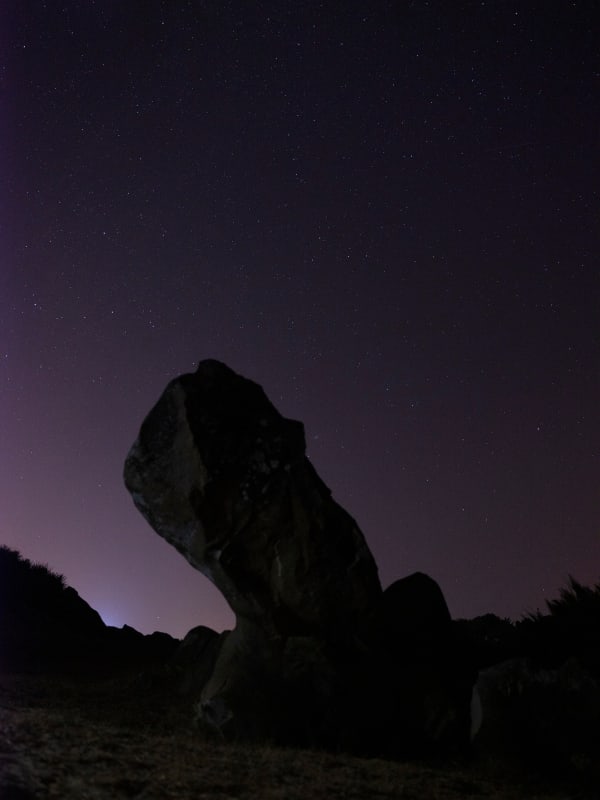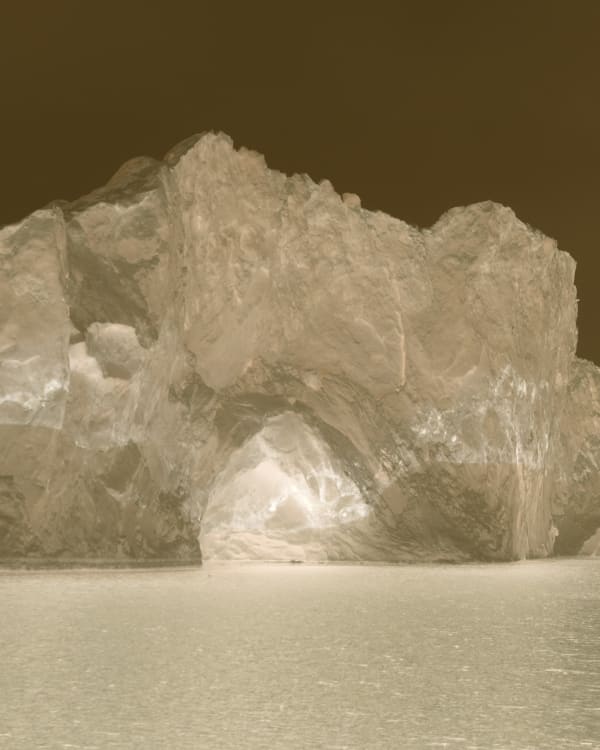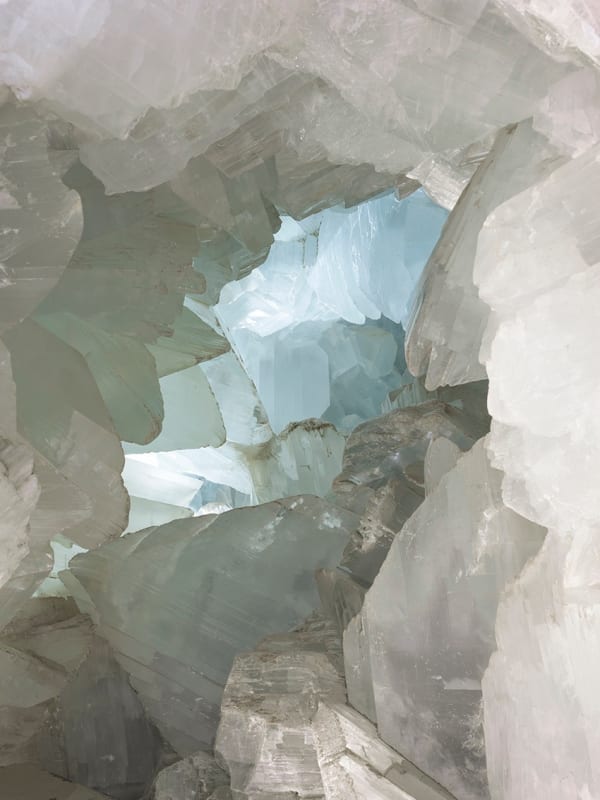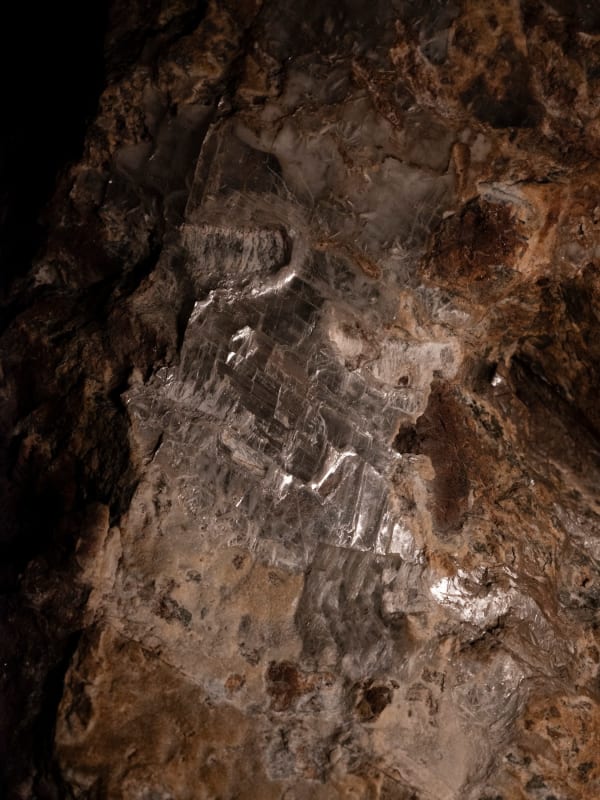-
-
With her first exhibition at the gallery, Juliette Agnel invites us to explore fabulous spaces open to the unknown. The photographic adventure is existential, on the lookout for extreme landscapes, which are for her the tool of a “primitive deciphering”. It is a question of capturing telluric or primary forces – those of nature in movement – in a search to shed the reassuring, as close to a disruption of the senses there is. This intensive consideration of the landscape takes her further and further afield: from the Dogon country to Korea or Iceland; and more recently to Andalusia, Sudan, Greenland and Morocco. The camera records these places, through photography and movement-image, with a sensitivity that solicits the potential visibility of territories with a high concentration of energy.The journey of this exhibition begins at the centre of the Earth, in the Pulpi Geode, located in Spain, in the province of Almería. It is a rocky cavity that can be penetrated, with walls lined with crystals of selenite, in other words, gypsum. These crystals, transparent and geometric, have been hidden in the depths of the earth for thousands of years. The caves, referring to the most distant origins and fundamental raw materials, have always exerted an immense force of attraction on the artist, but it is necessary to grasp precisely what is at stake: speleological immersion only makes sense if the gaze is at the same time directed upwards, in a call from the stars that responds. The logic of verticality (from the very bottom to the very top, and vice versa) is in fact a heuristic axis: in both cases, Juliette Agnel looks immensity in the eye, from primordial chaos to the infinite cosmos. Therefore, if her Nocturnes reveal an inaccessible celestial vault, her recent series Silex refers to the millennial stones that can be collected from here below: the eye and the hand exhaust the possibilities of what cannot be directly reached.The observation is as much natural as it is archaeological, for it is also the landscapes that bear witness to vanished civilizations that drew her, in 2019, to the remains of the Sudanese kingdom of Nubia. It was during this trip that Juliette sent me this message: “I am waiting for Meroe. As if it was the arrival at Atlantis. I went down the steps to the tombs of kings and queens. I saw in the dim light paintings of the pharaohs. And always on the ceiling of the tombs, the stars, the glorious life after death. But how can one understand this civilization, how can one invent it? How can we understand the forest of columns between which we cannot pass? What are the traces of the sacred, what forms do they take?” These questions remain unanswered, but the images transcend them. Studying the site of Meroe, Juliette Agnel adopts the same posture as she did when she discovered the Ice Gates in the heart of Greenland: always crossing the unsettling oddity, with her gaze poised, in order to awaken us to a universal mystique.Quotes from Juliette Agnel.
Text by Léa Bismuth.
Léa Bismuth is an art critic and independent curator. In 2022, she will participate in a collective residency on the theme of spatial imagination, in Marfa, Texas, with the Villa Albertine. -

-

-

Monolithes: Juliette Agnel
Past viewing_room
























